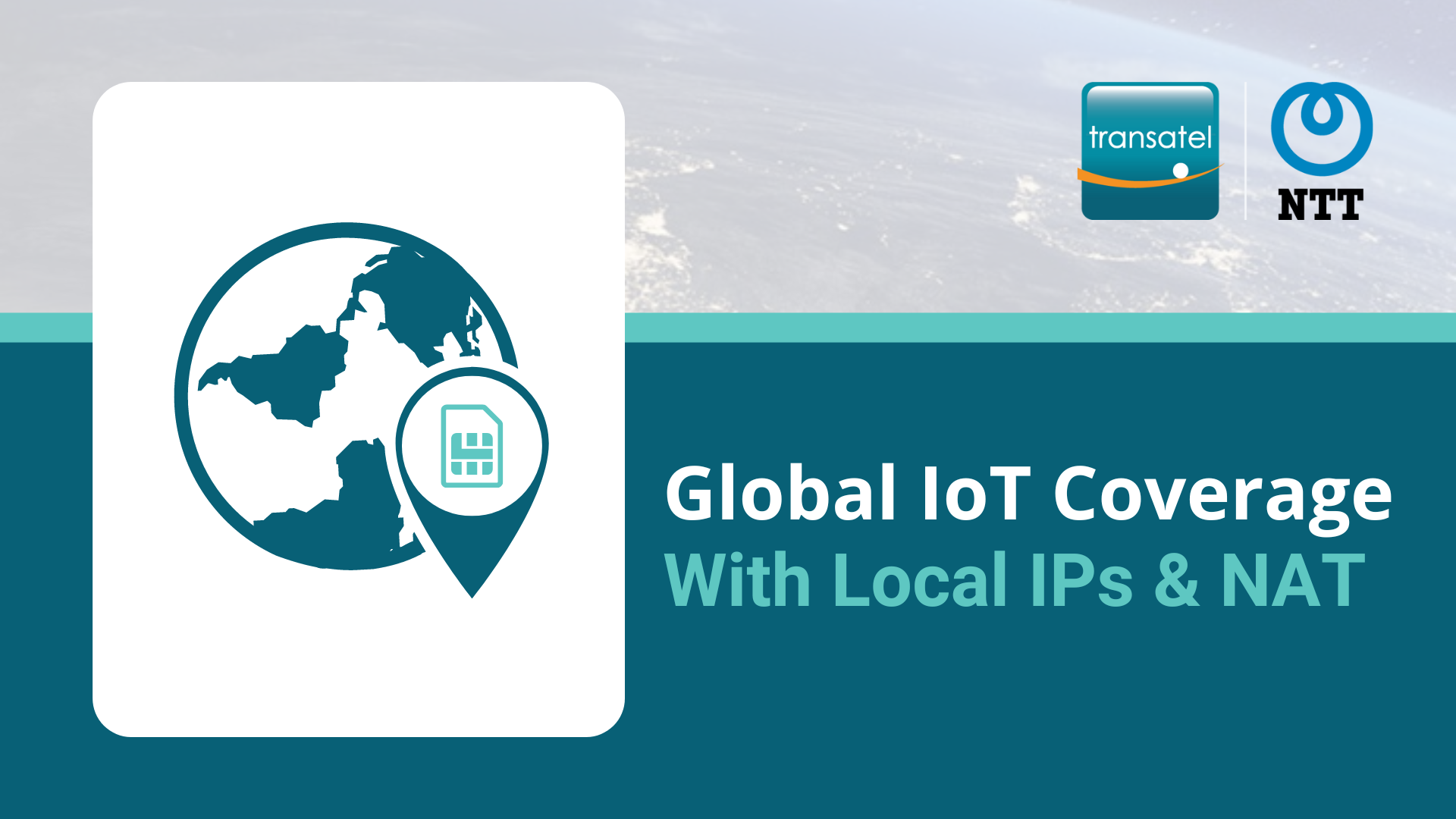
Local IPs play a crucial role in IoT connectivity, influencing everything from content access to language settings. But can they provide global coverage too? Most carriers provide a home-based IP, introducing risks for your IoT project. Mobile Network Operators typically assign their clients’ SIM cards to an IP pool from the carrier’s home country. For example, a 4G device connected by a German mobile carrier would be assigned a German IP. It would be identified as coming from Germany when connecting from the UK. While this may not always be problematic, it often brings challenges.
As a user, you have experienced how connecting from a foreign country with a local IP can restrict access to different content catalogs on your favorite SVOD provider. In our example, it also means whether the European data privacy policy applies. For IoT projects, this scenario can lead to issues. Certain services or components of your IoT solution may depend on controls that reject ‘foreign’ IPs or rely on timestamps based on the IP’s country of origin, potentially resulting in inaccurate data.
These hassles are cumbersome, but the good news is that they can be avoided, using NAT Experience.
Specialized Operators like Transatel Offer Global Cellular Connectivity for IoT
Should your device’s IP match the country where your SIM card is registered? Or perhaps you require a consistent “home country” experience, no matter where your device travels?
1. You may need your IP to be from the country where your SIM is based
For use cases like shared Wi-Fi experiences or Internet access devices, such as consumer devices connectivity, you may want the assigned IP of your device to match the country it is in. This ensures the device receives local time information, and your end users gain access to local video content and local search engine results.
2. Conversely, you may need a “home experience.”
You might want vehicles sold in Spain to consistently appear as Spanish users, no matter where these are driven. This capability is delivered through Transatel’s provision of a home country IP. Regardless of global connectivity, devices stay within their designated “home country range,” ensuring end users enjoy uninterrupted access to familiar video content and default language settings.
3. You may want to have the choice between visited country & home country
You may need both! Sometimes, the best answer is: “It depends on the context”. Understanding the varying needs of IoT projects, Transatel offers a ‘VPN-like’ experience, empowering users to decide between using an IP from the visited country or their home country. This flexibility is integral to Transatel’s NAT experience, ensuring superior, seamless cellular connectivity globally.
Transatel simplifies IoT solutions beyond borders. Click here to book a free call with an IoT Connectivity Expert and learn how Transatel can help you integrate your NAT experience.






